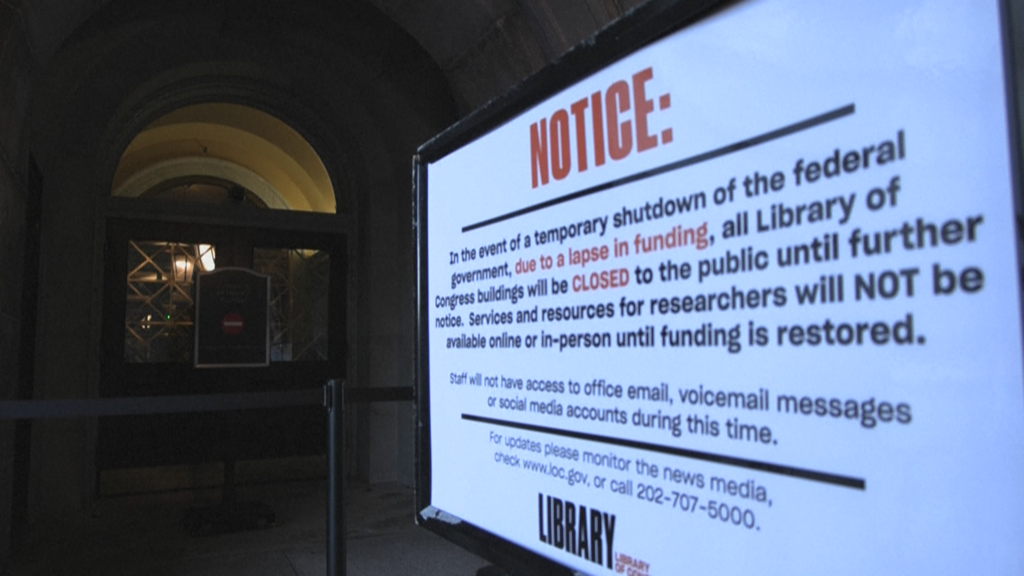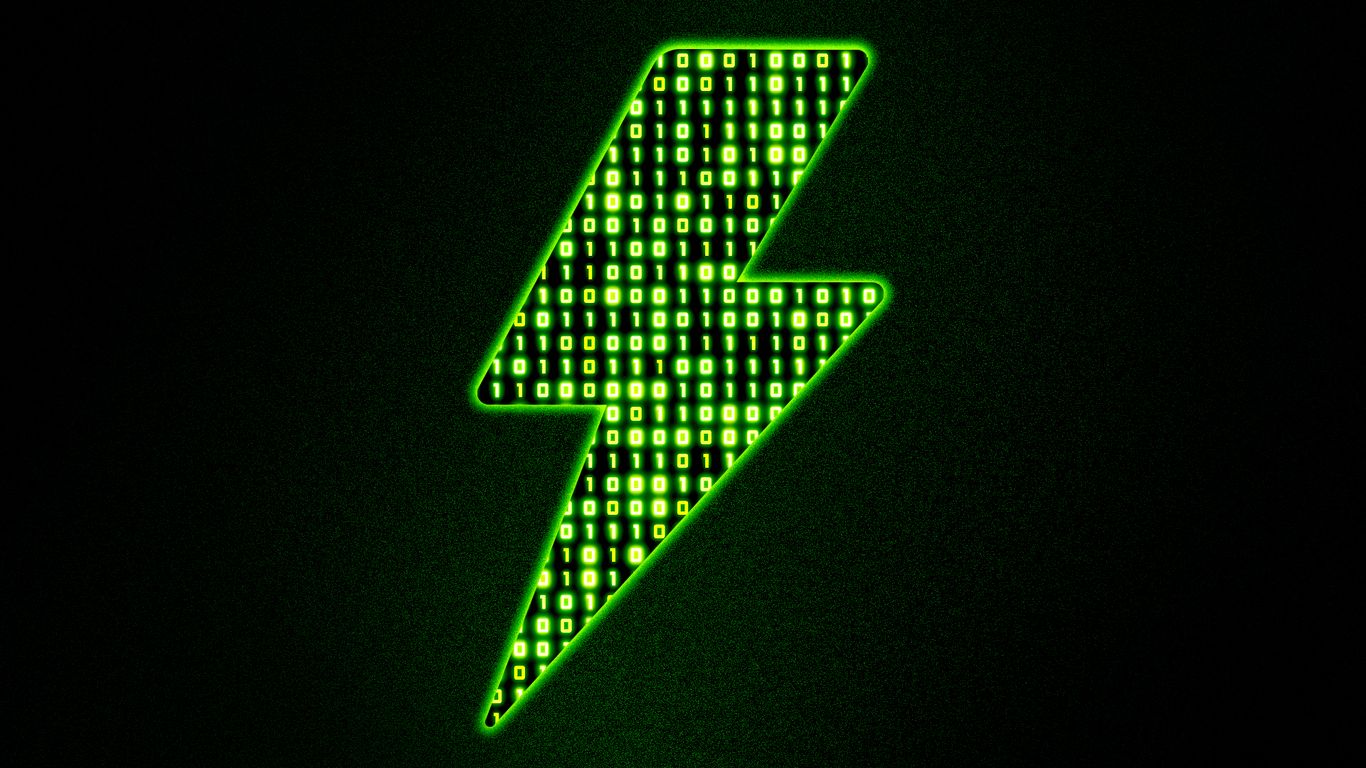No, that strange-looking comet isn’t an alien mothership
Why an oddly behaving comet doesn’t mean visitors from another world

We humans are a curious bunch. Whenever we come across something unfamiliar, our minds naturally start filling in the blanks about what it could be.
That’s exactly what’s happening with comet 3I/ATLAS. If you’ve been scrolling through social media, especially TikTok, you’ve likely seen the speculation. Some people are convinced this soon-to-be-visible comet isn’t a comet at all, but an alien spacecraft or Earth destroyer. 
The name:
3I/Atlas - The comet is the third interstellar object that has flown through our Solar System. Interstellar means this comet is not from our solar system. This is why astronomers playfully call this an alien comet. 1I/2017 U1 ‘Oumuamua and Comet 2I/Borisov were the first two interstellar comets. 3I was first detected July 1, 2025, by the Asteroid Terrestrial Last Alert System (or “ATLAS”). 
Why there’s talk of aliens:
Let’s be honest, saying “aliens are coming” gets a lot more clicks than “scientists are studying a comet.” It’s much easier to jump to extraordinary conclusions than to dive into the real scientific process behind them. But as the saying goes, extraordinary claims require extraordinary evidence. And in this case, there’s none pointing to extraterrestrials, just fascinating science.
What scientists are still figuring out:
Researchers noticed something unusual: as comet 3I/ATLAS approaches the Sun, it’s brightening faster than expected, nearly twice the typical rate of most comets. All comets brighten as they get closer to the Sun, but this one is doing it unexpectedly. Scientists don’t yet know why, and that uncertainty isn’t a problem; it’s part of the excitement of discovery. The image below is from the James Webb Space Telescope on August 16, 2025.
What makes this comet truly interesting:
One of the most intriguing features of 3I/ATLAS is its blue tail, a sign that it’s releasing carbon dioxide. That’s a big deal. Carbon dioxide in comets can help scientists learn where this comet was formed (outside our solar system) and its journey here.
And there’s another surprise: a notable amount of nickel has been detected. Nickel is rarely seen in comets this far from the Sun, making this an unusual and fascinating find that could offer new insights into comet composition and early solar system chemistry.
What scientists do know:
Comet 3I/ATLAS isn’t hiding from view; it has been coming from behind the Sun, making it hard for ground-based telescopes to track. That’s why we haven’t seen much of it yet. So no, this doesn’t mean aliens are sneaking up on us, just a tricky viewing angle and a bit of orbital geometry.
Will we be able to see it?
Starting around Nov. 11 and continuing through Dec. 21, the comet will be in view from Earth. The catch? You’ll likely need a telescope. Its predicted brightness is about magnitude +11, and for context, we typically need about +6 or lower to see an object with the naked eye under dark skies.
That said, 3I/ATLAS has already surprised scientists with its brightness once, so there’s always a chance it could exceed expectations. Fingers crossed! Viewing time is 90 minutes before sunrise, looking east. 


























































